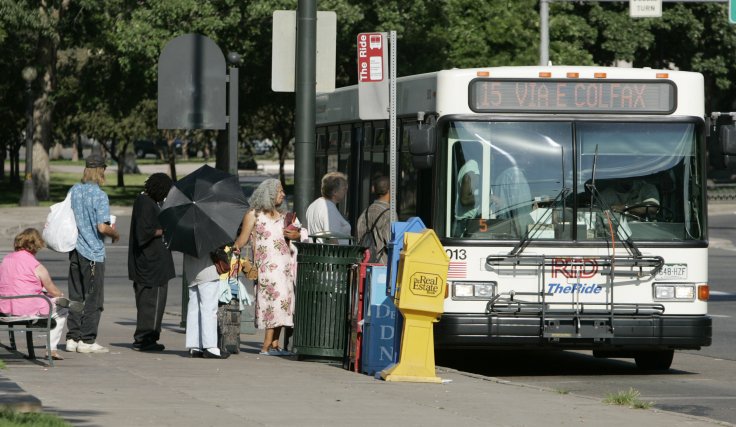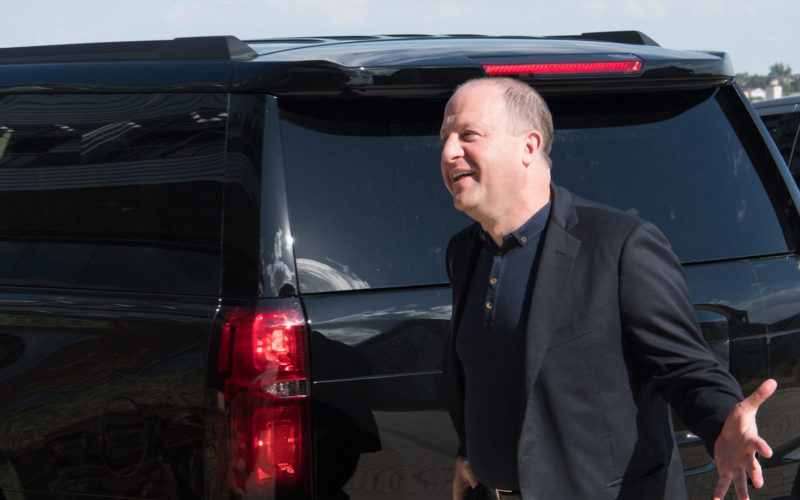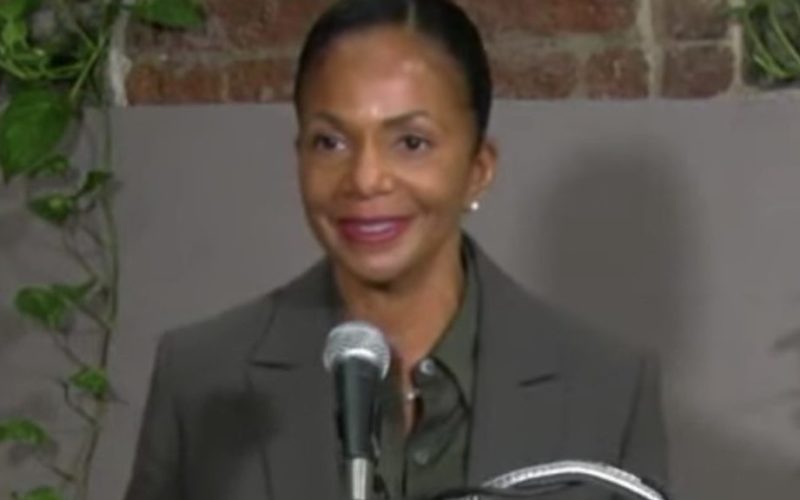
Crissy Fanganello is Denver’s first Director of Transportation and Mobility. She oversees Denver’s Strategic Transportation Plan (STP), for which she was the primary author. She strongly believes that transportation professionals can and must raise the bar for how transportation systems function, and contribute to the human fabric of the city. TransitCenter interviewed Crissy for our new publication, “All Transportation is Local.”
TransitCenter: Given that your agency doesn’t control transit, how do you make transit more useful to Denver residents?
Crissy: Well, the first thing is recognizing that city government has a role to play. Historically, the city’s approach to transit has been, “that’s RTD (Regional Transportation District) job.” We’ve certainly been a huge partner to them with the build out and implementation of FasTracks, but hadn’t gotten involved in the day-to-day operations until recently. A few years ago we put out a transportation plan that really focused on how to move more people, with the understanding that it’s a space issue. Transit is a great way for us to meet that goal, so we kicked off a Denver led city-wide transit plan, Denver Moves Transit, last year. That gives us a goal and framework to understand the state of the system and whether and how it’s serving Denver proper. And then we’re thinking about how the system can look in the future and what the role of the city might be. It’s yet to be determined whether that’s from a funding perspective or an operational perspective, but it’s a really exciting time to be thinking and working with RTD. They recognize that something like 2/3rd of riders in their system are riding in Denver, which makes us their biggest customer. And at the City we recognize that we can meet our goals more quickly by engaging and partnering with RTD. We can do a lot of things with sign signals and markings, and I remind them, I’m in charge of all these things, so let’s build that partnership now while we’re also thinking about the bigger picture, and possibly more capital intensive improvements.

TransitCenter: How do you measure success on a plan like that to the public? And internally to your agency staff?
Crissy: You have to be clear about what outcomes you’re seeking, and then commit to what you say. We have a 2020 sustainability goal that aims for us to reduce our number of single occupancy vehicles to 60% of the modeshare. Historically, Denver and the metro area have been at 70% and we actually went up by 3% in 2015. And everyone wanted to say “oh it’s just because we’ve been growing so much.” So, we looked at some of our peer cities, Seattle in particular. But they’re growing just as fast as Denver and their SOV modeshare actually went down by nearly 9 percentage points, so they must be doing something differently. What are their goals? Then you’ve got to be able come back and translate those big picture goals into day-to-day tactics and strategies at your agency. Does your team believe in your work and take pride in it?
TransitCenter: To that end, how have you worked to change the culture at Denver Public Works?
Crissy: Well, I’ll tell you, it’s a work in progress. I hired a consultant to help look at the organization when I started. Typically, everyone begins by looking at the boxes and sticks, and they want to push the boxes and the sticks around, and think that if we move them around, we’ll fix whatever the problem is. We took a different approach by looking at the core functions of the agency and evaluating how they are working right now. What we came to realize really quickly was that, even within my division of 140-ish people, we were very silo-ed within the broader silo of government. It was very important for us to choose as a team that we wanted a different path, one of integration and collaboration and communication. We asked that question several times, at all different levels of the organization, and the answer was a resounding YES. Now we’re at the point of thinking about what that looks like. How do you implement that? How do you change your processes? How do you change your communication? And this involved lots of pointed questions from the consultant to me, specifically. He said, look, we’re about to jump in big here, and he probably asked me ½ a dozen times: are you in? And I had to think about it. Am I in? This is hard work. It’s not like within six months you can say, I’m done, let’s go do something else. I needed to be all in. And so a year ago, I stood in front of my entire team, and said, “Look. This is what I’ve been asked, I’ve had to think about it very hard, and I’m here to tell you, I’m all in. And I hope you’re in with me.” We just had a follow-up meeting this week and I reiterated that I’m still all in. I said, “I expect some of you are all in, and some of you may not be, and that’s ok. But this is the kind of culture and collaboration and delivery mechanism needed to really hum the program, and enable us to deliver not only what the mayor wants but what the city needs and deserves quite frankly from a transportation perspective.”
TransitCenter: How are you aligning these agency changes with your overall mobility strategy for Denver?
Crissy: Transportation for too long has been conceptualized as getting someone or something from point A to point B, and it needs to be about more than that. Because while we’re building things to help people move, we are actually building the city. So what kind of city are you building? When I was in grad school, I used to ask my fellow students, “what are these places you’re designing going to feel like to you as a human being?” That’s not a question that we’ve asked often enough doing transportation projects. We had the living streets initiative several years ago and people ending up blaming the engineers. “The engineers screwed everything up.” And I would defend the engineers and say “look here’s a beautiful street, it’s beautifully engineered. The pavement is perfect. The lines on the street are great. You might even have street lights or pedestrian lights.” Then we show what’s next to that beautiful street, and it’s a built environment with land use that makes it look like crap. So then the overall experience feels like a crappy place to you as a human being. Therefore, it’s important to have great transportation groups to work with you, but you also have to have a group of people that can support you with other elements with the planning and developments. Public developments and economic developments should be a system that works together, and for too long transportation was thought of as totally separate from all those other pieces.

 Governor Polis’s Misplaced Transit Priorities
Governor Polis’s Misplaced Transit Priorities
Colorado Governor Jared Polis has assumed an adversarial position towards Denver's RTD. Over the past six months, Polis has pressured the agency to move forward on an ill-conceived rail extension from Denver to Boulder, and omitted funds for RTD from the state’s transportation budget.
Read More Three Reasons We’re Excited to See Debra Johnson Take Charge at Denver RTD
Three Reasons We’re Excited to See Debra Johnson Take Charge at Denver RTD
Debra Johnson, the first woman to hold the top leadership post at RTD, and the first CEO since 1995 to be hired from the outside rather than promoted from within, will bring a fresh eye and a multi-city resume that’s relevant to RTD’s challenges.
Read More